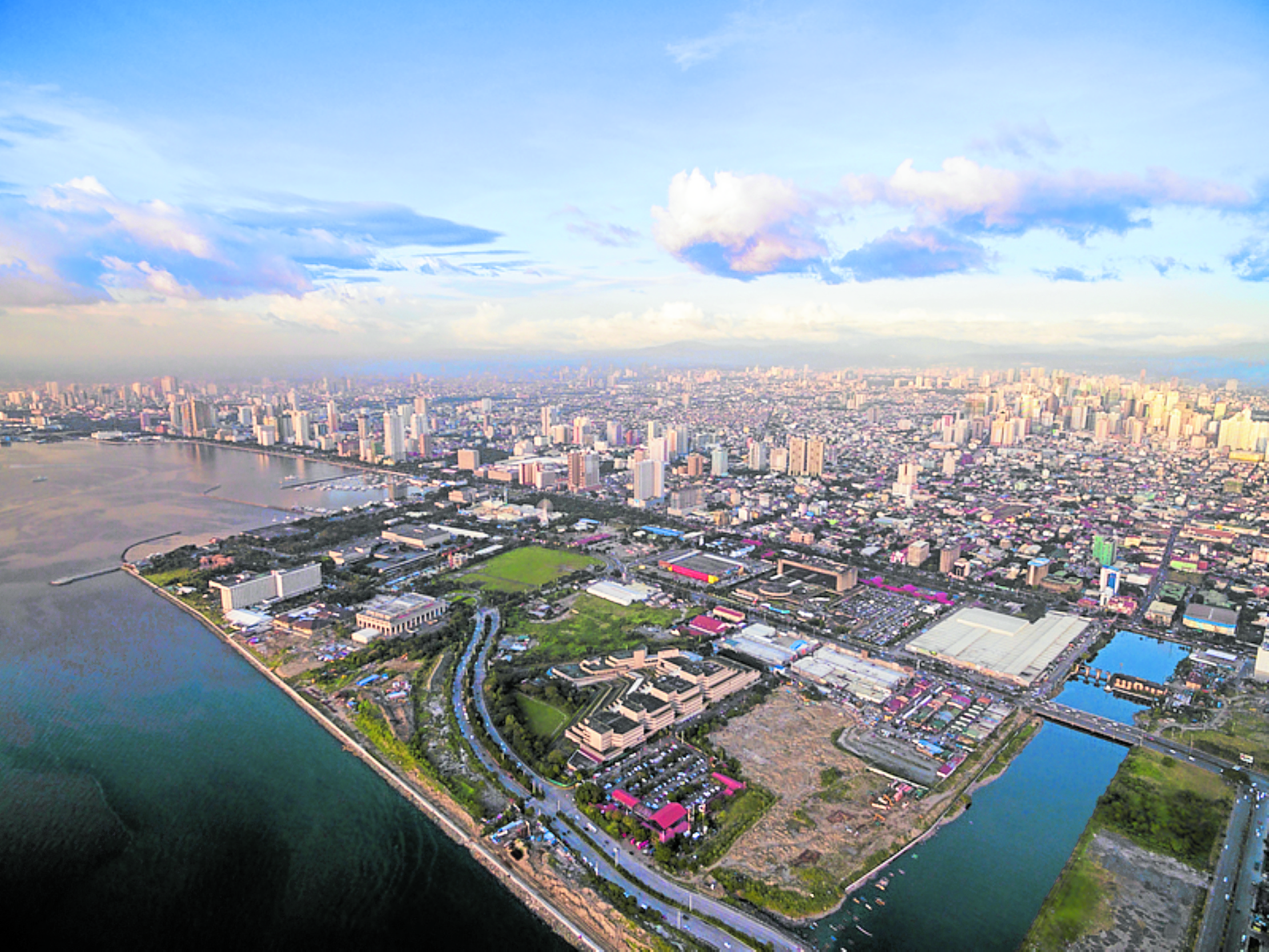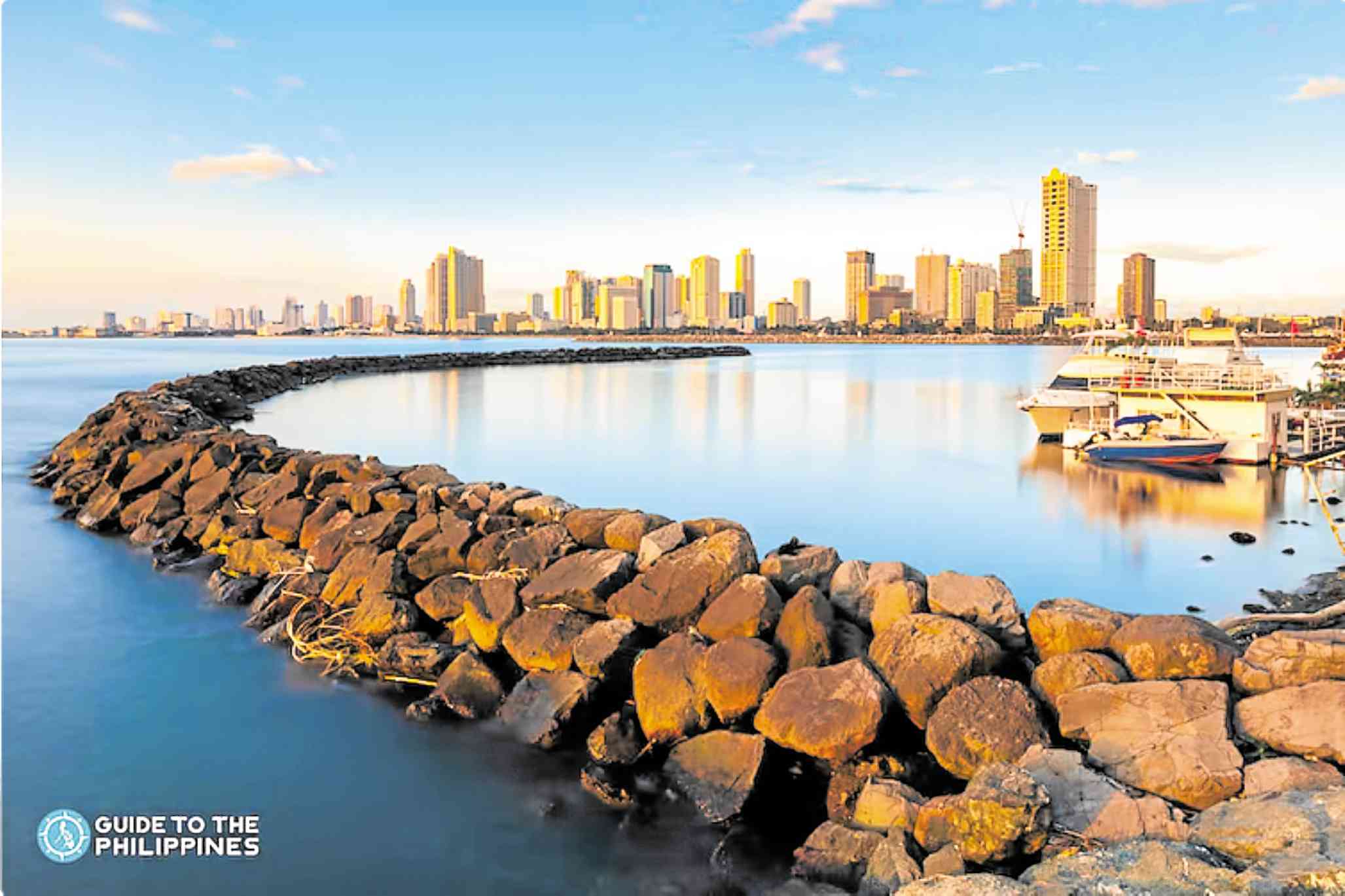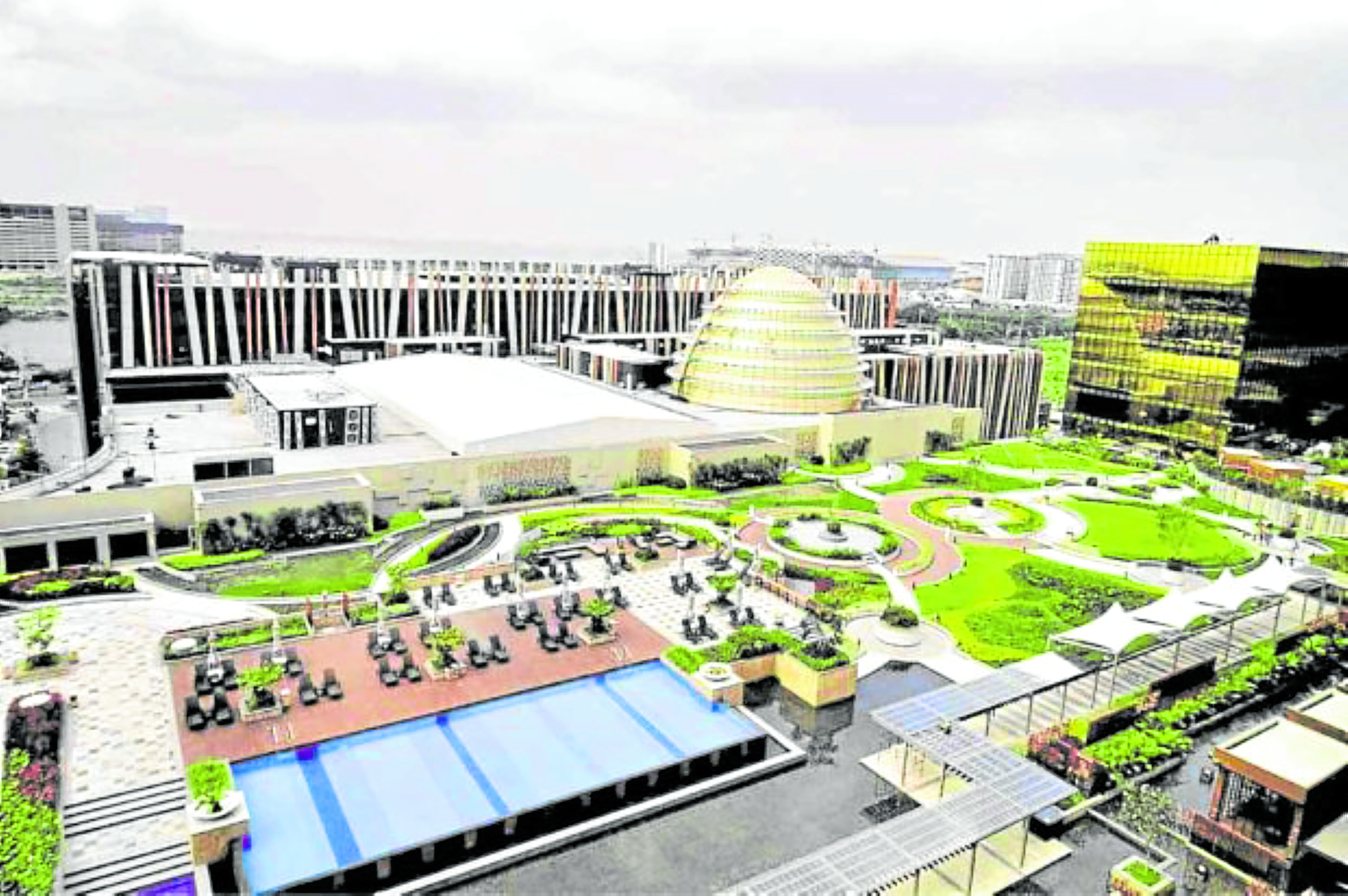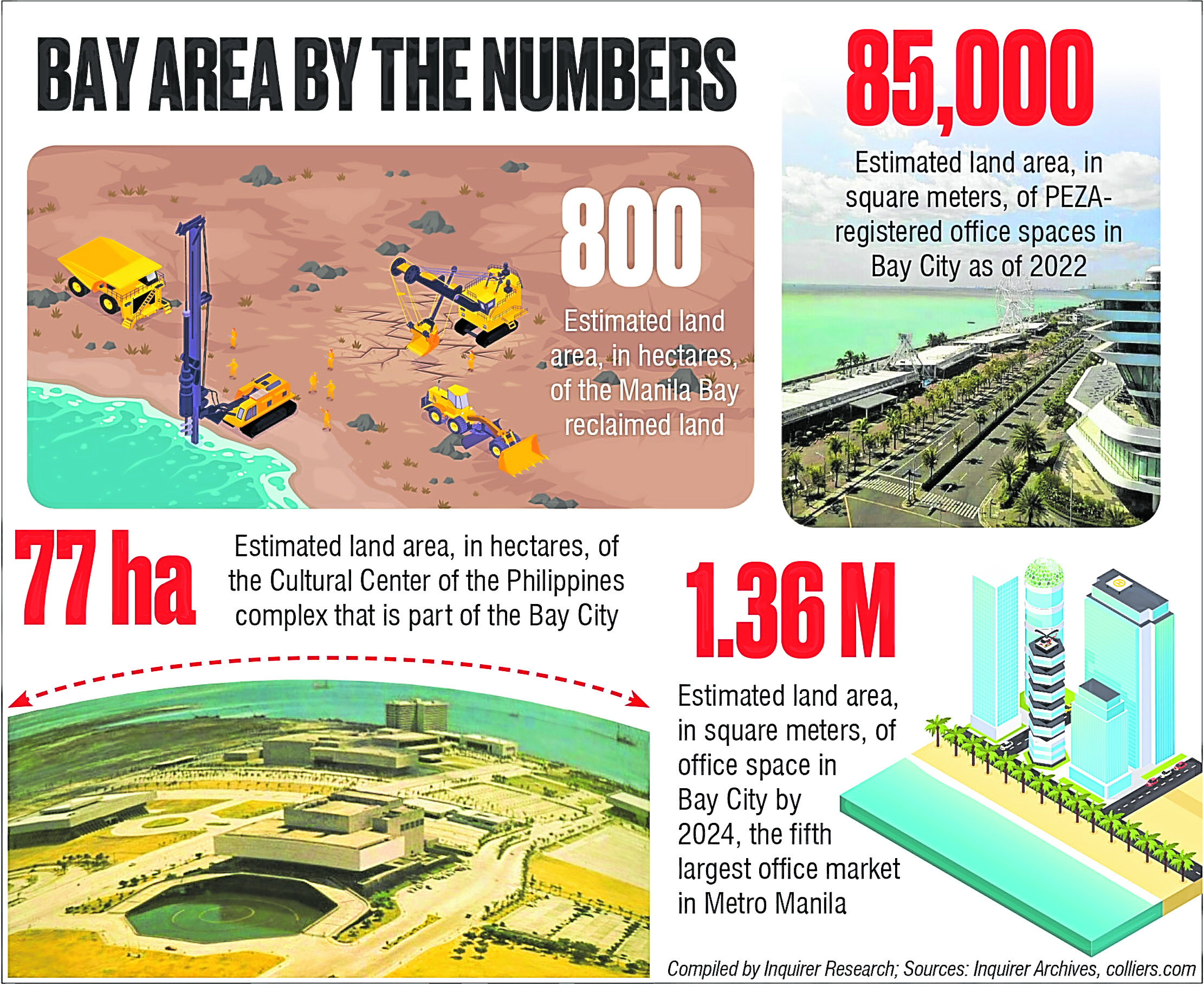Priming of Bay City
The Manila Bay Freeport Zone, also known as the Bay City, has seen rapid and continued development in recent years, emerging as an iconic destination filled with residential, office, and commercial spaces that are now highly sought by many.
Leisure and entertainment
Straddling the cities of Manila, Pasay and Paranaque, the Bay City has become a vibrant waterfront destination alive with economic activity. While famous for its sunset views, this area is also home to bustling integrated resort complexes, business parks, hotels, shopping malls, restaurants, international schools, government offices, and other lifestyle and entertainment activities.
Currently, Bay City has some of the biggest shopping centers in the country like the SM Mall of Asia, Ayala Malls Manila Bay, and the world’s largest IKEA store, while bustling gaming and entertainment establishments such as City of Dreams Manila, Okada Manila, Solaire Resort and Casino, Resorts World Casino, and the upcoming New Manila Bay City of Pearl are here as well.
Leisure and cultural activities are abundant in Bay City. It houses the Cultural Center of the Philippines complex, which features the Tanghalang Pambansa, the Philippine International Convention Center, Sofitel Philippine Plaza Manila, the Coconut Palace, Manila Film Center and Star City amusement park.
Business, financial center
Because of its accessibility to other business districts and proximity to the airport, Bay City has become a viable option for locators. Occupying the premium grade office spaces here are traditional companies engaged in logistics, advertising, construction, online shopping, and consultancy, alongside business process outsourcing (BPO) and knowledge process outsourcing (KPO) firms.
Bay City also has the Financial Center area, which includes the Philippine National Bank complex, the Philippine Airlines headquarters, and the World Trade Center Manila.
According to Colliers Philippines, the Bay Area will be home to an estimated 1.36 million sqm of office space, the fifth largest office market in Metro Manila by 2024.
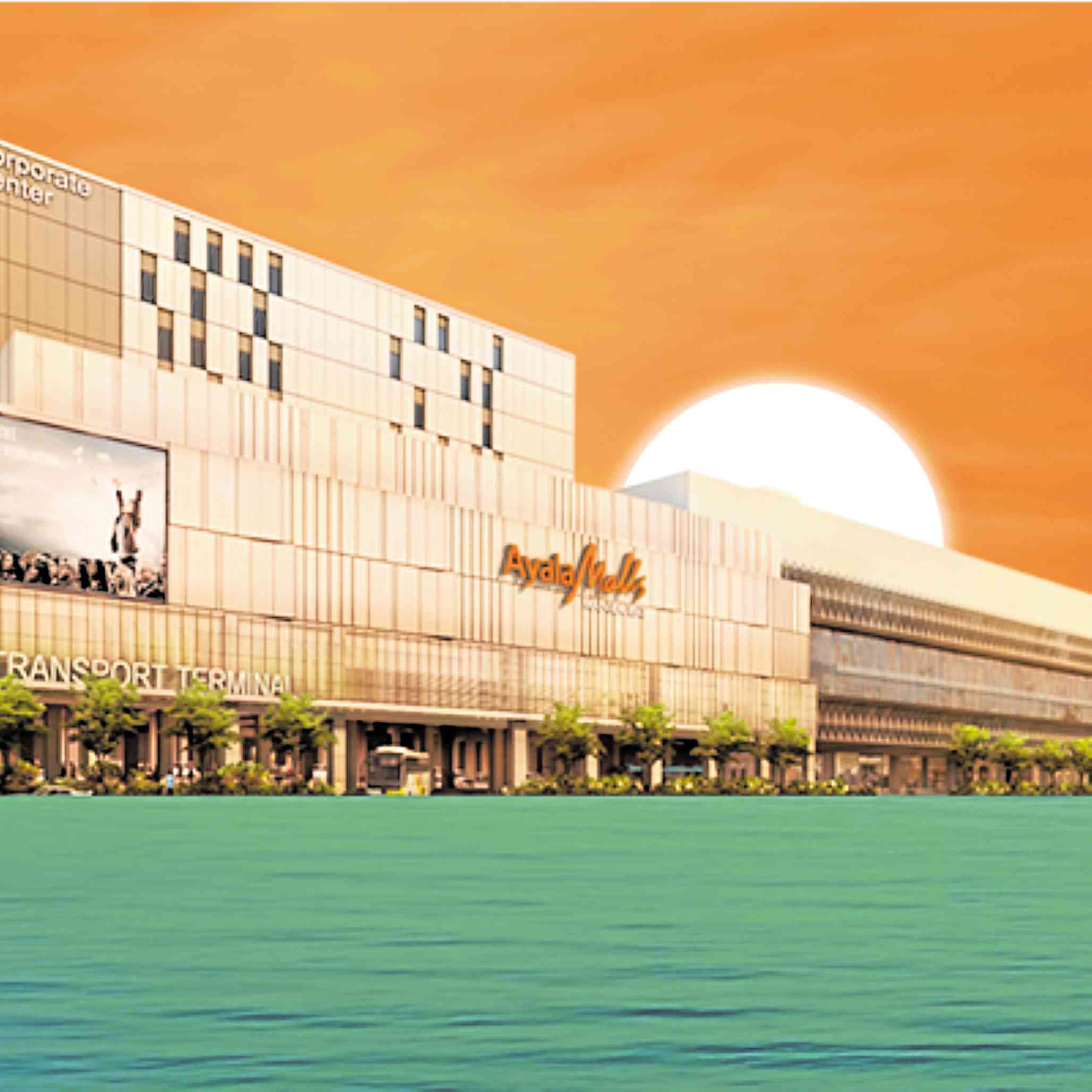
Currently, Bay City has some of the biggest shopping centers in the country like the Ayala Malls Manila Bay.
Residential condominiums
The Bay City is also seeing a growing demand for residential properties, from people who want to invest in prime land and stay in a luxurious location.
As of end 2021, the Bay Area is reportedly home to 21 percent of Metro Manila’s total condominium stock, following Fort Bonifacio and surpassing the Makati central business district. Colliers data showed that the Bay Area accounted for 65 percent of the 9,000 units delivered across Metro Manila in 2022. From 2023 to 2025, the area is seen to have an annual average completion of 6,700 condominium units.
 Accessibility
Accessibility
Accessible via major thoroughfares, Bay City is within the vicinity of public transport and bus terminals like the Parañaque Integrated Terminal Exchange and the domestic and international terminals of the Ninoy Aquino International Airport (NAIA). It is also accessible to the NAIA Expressway and other upcoming infrastructure developments of the government such as the Light Rail Transit 1 Cavite Extension, Metro Manila subway, the Pasay Monorail, and the Sangley Airport.
All these factors no doubt make Bay City a hub for commercial, cultural, economic and residential needs not just of Filipinos but of foreign tourists and investors who may be considering the Philippines as their next investment destination.
Sources: Inquirer Archives, colliers.com

